Choosing the right patient monitor is crucial for ensuring comprehensive patient care in medical settings. With advancements in technology, the variety of available monitors has expanded, making it essential to understand what to look for in a patient monitor. This guide will help you navigate the key features and considerations for selecting the optimal monitor for your healthcare facility.
Patient monitors come in various types, each suited for specific medical needs. Common types include:
- Basic Vital Signs Monitors: These monitors track fundamental vitals such as heart rate, blood pressure, and oxygen saturation. They are ideal for routine check-ups and non-critical environments.
- Bedside Monitors: Designed for continuous monitoring, these provide real-time data on multiple parameters, including ECG, respiratory rate, and temperature. Bedside monitors are essential in ICU and surgical settings.
- Portable Monitors: These offer flexibility and mobility, allowing for monitoring during patient transport or in emergency situations.
Understanding these types helps in selecting the right monitor based on the specific requirements of your medical facility.
Laser Machine Equipped With Medical Monitor For Beauty Care
When selecting a patient monitor, consider the following key features to ensure it meets your facility's needs:
- Parameter Options: Ensure the monitor can measure all necessary parameters for your patient population. Common parameters include ECG, SpO2, NIBP, temperature, and respiration rate.
- Display Quality: A clear, high-resolution display is vital for easily viewing patient data. Touchscreen options can enhance usability and efficiency.
- Data Storage and Connectivity: Monitors with ample data storage and connectivity options (Wi-Fi, Bluetooth, Ethernet) facilitate seamless data integration into electronic health records (EHR) systems.
- Alarm Systems: Reliable alarm systems are critical for alerting medical staff to any patient condition changes. Look for customizable alarm settings and clear, audible alerts.
Ergonomics and usability are significant factors in selecting a patient monitor. Consider the following aspects:
- Ease of Use: User-friendly interfaces and intuitive controls minimize training time and reduce the risk of errors.
- Portability and Flexibility: Depending on the setting, the monitor’s portability may be a crucial factor. Lightweight, battery-operated monitors are beneficial for patient transport and emergency use.
- Mounting Options: Ensure the monitor can be easily mounted on a wall, bedside, or mobile cart to fit the workflow of your medical staff.
The cost and maintenance of patient monitors are also important considerations:
- Initial Cost: Evaluate your budget and compare it with the features offered by different monitors. Investing in a high-quality monitor can improve patient outcomes and long-term savings.
- Maintenance and Support: Consider the availability of technical support, warranty, and maintenance services. Regular calibration and servicing ensure the monitor’s accuracy and longevity.
Q: What parameters should a comprehensive patient monitor measure?
A: A comprehensive patient monitor should measure vital parameters such as ECG, SpO2, NIBP, temperature, and respiration rate. Additional parameters like invasive blood pressure and cardiac output may be necessary for critical care settings.
Q: How important is display quality in a patient monitor?
A: Display quality is crucial for easily viewing and interpreting patient data. High-resolution screens and touchscreen interfaces can significantly improve usability and reduce the risk of misreading data.
Q: Why are alarm systems important in patient monitors?
A: Alarm systems alert medical staff to any changes in a patient’s condition, enabling timely intervention. Customizable alarm settings ensure that alerts are relevant and easily distinguishable in busy environments.
In conclusion, selecting the right patient monitor involves considering various factors, including the types of monitors, key features, ergonomics, cost, and maintenance. By evaluating these aspects, healthcare providers can ensure they choose a monitor that enhances patient care and improves clinical outcomes.
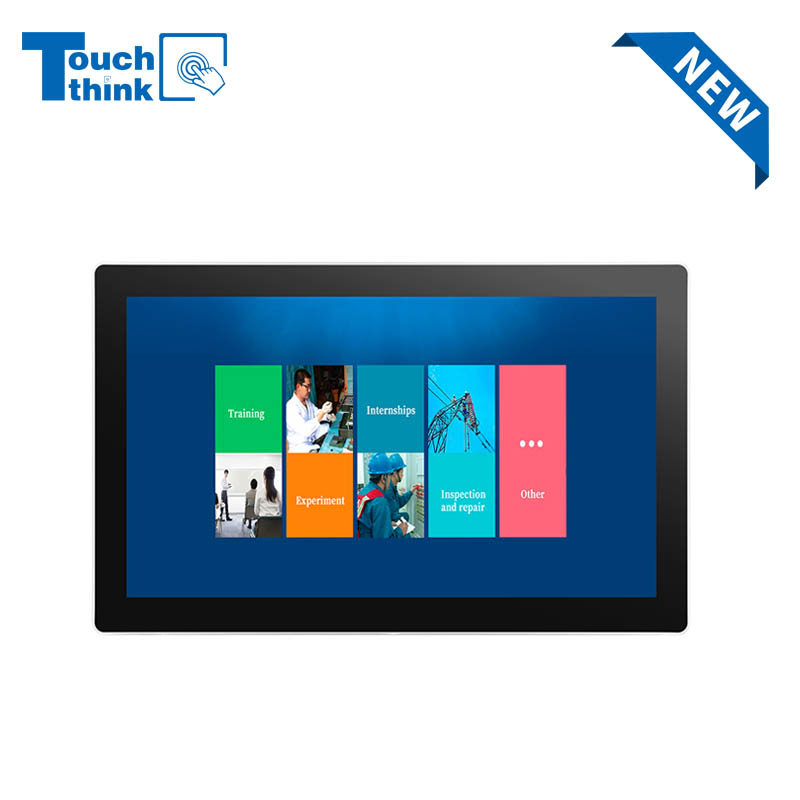
IP65 Wall-Mounted Industrial Touch Screen Monitor | Waterproof HMI Display VIEW MORE
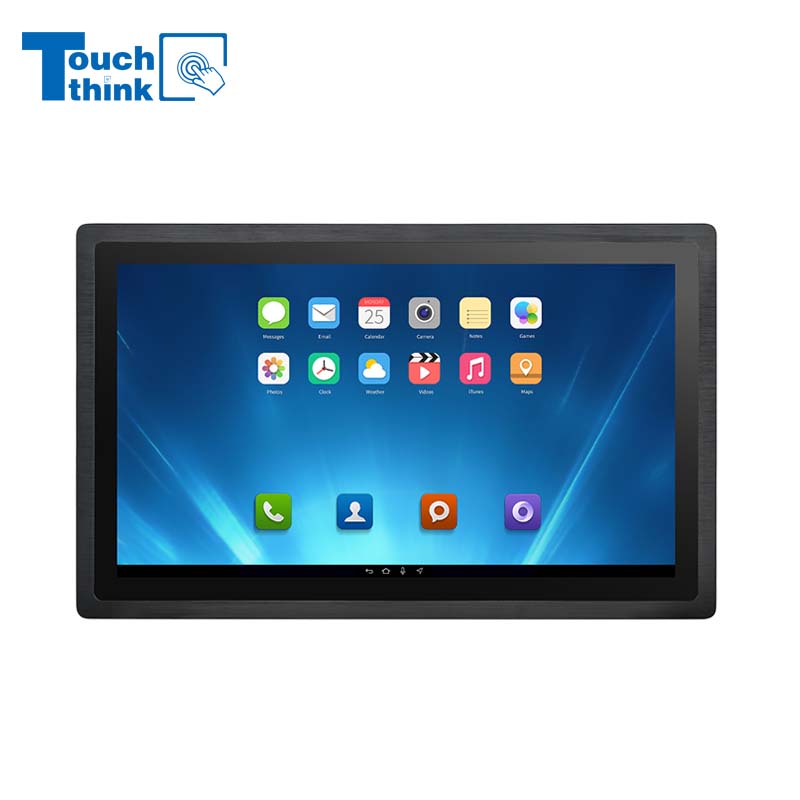
23.8 Inch Industrial Panel PC, Slim Ultra-Thin Design, Multiple I/O Ports, Rugged Touch Computer for IIoT VIEW MORE
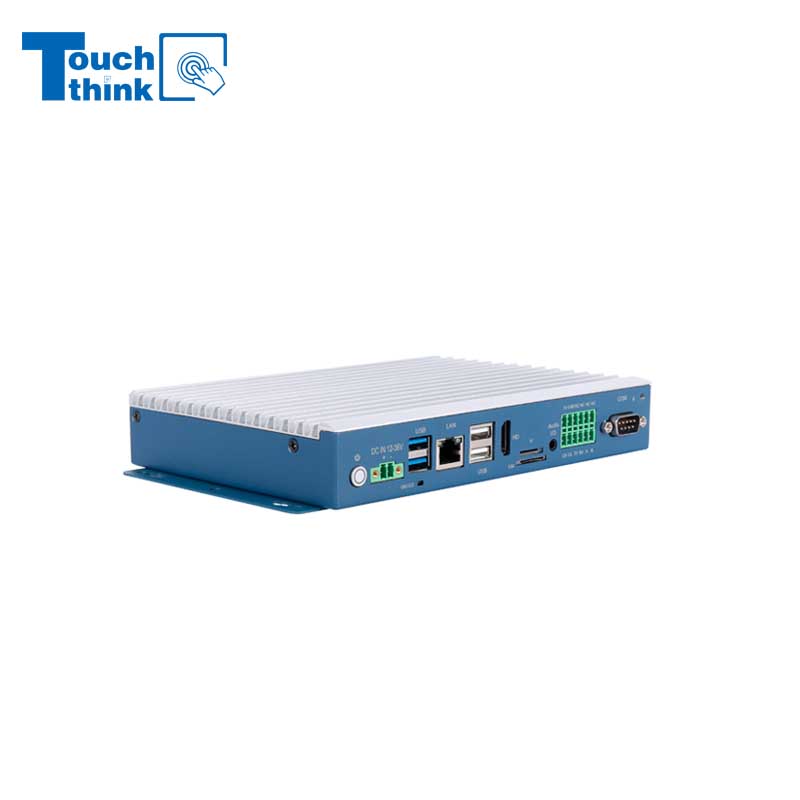
Embedded Fanless Computer ARM Cortex-A55 Quad-Core 64-bit Computers with 1TOPS NPU and Wi-Fi 6 Capabilities VIEW MORE
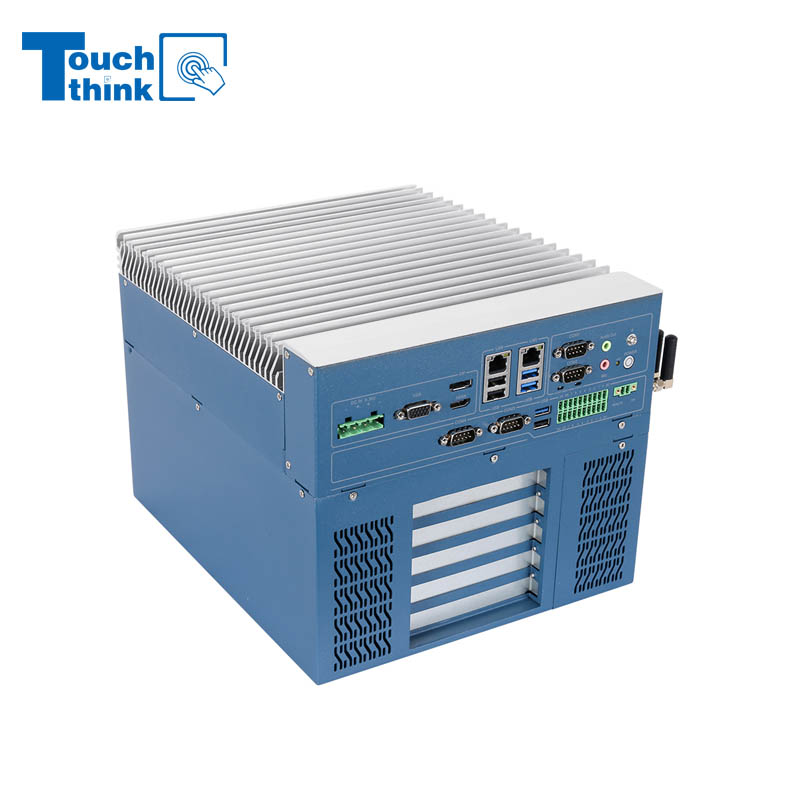
High Expandability Industrial Embedded PC with Expansion Slots PCIex16 PCIex4 9 to 36V Input VIEW MORE
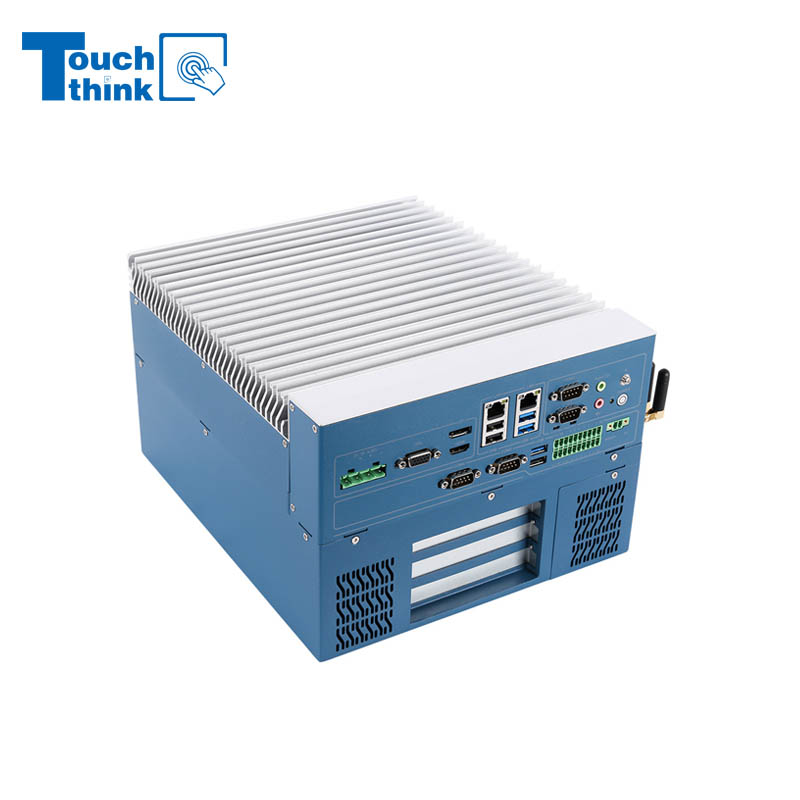
Modular Embedded Computer with Intel® Core 12/13/14th-Gen Processor 2.5GbE LAN VIEW MORE
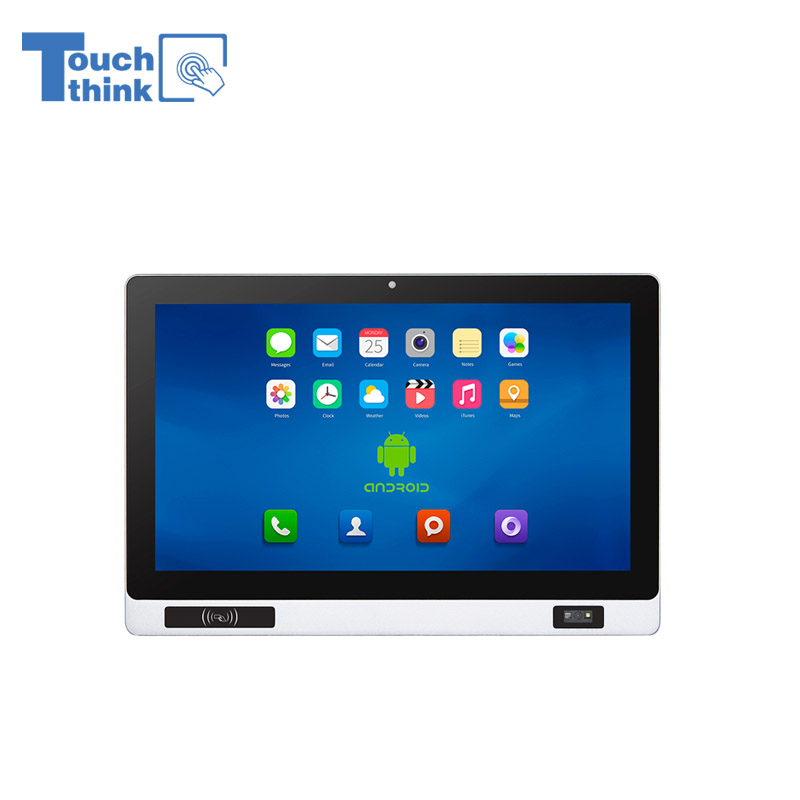
Industrial Panel PC with NFC and QR Code Scanning Functions for Smart Factory VIEW MORE
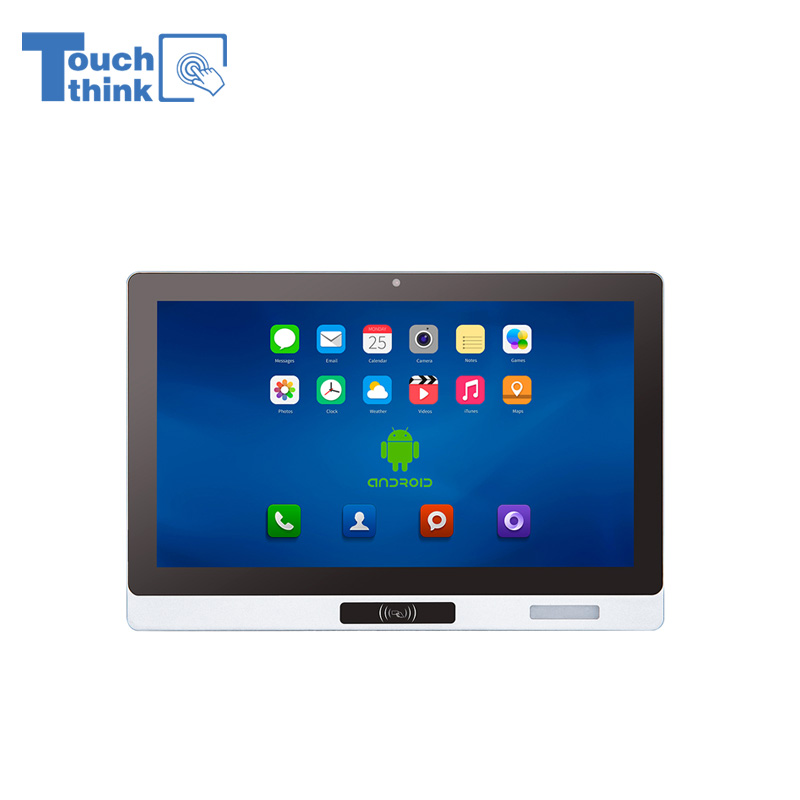
All-in-One Android Panel PCs with NFC/Camera For MES System in Digital Factory 24/7 Use VIEW MORE
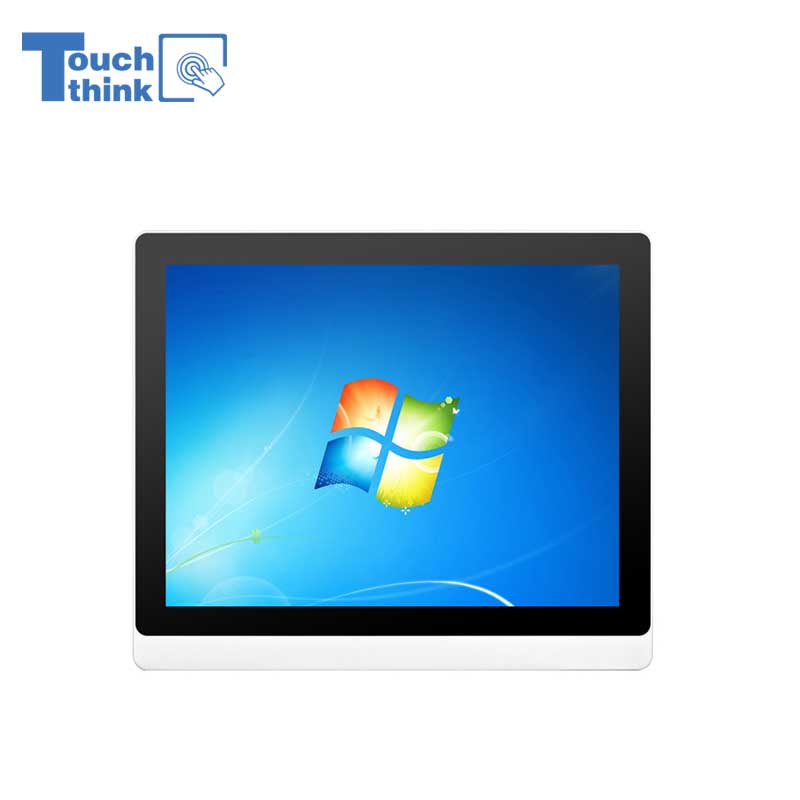
VESA Mount Industrial Touch Panel PC with i3 i5 i7 Processor Desktop Computer 8GB DDR4 128GB SSD VIEW MORE
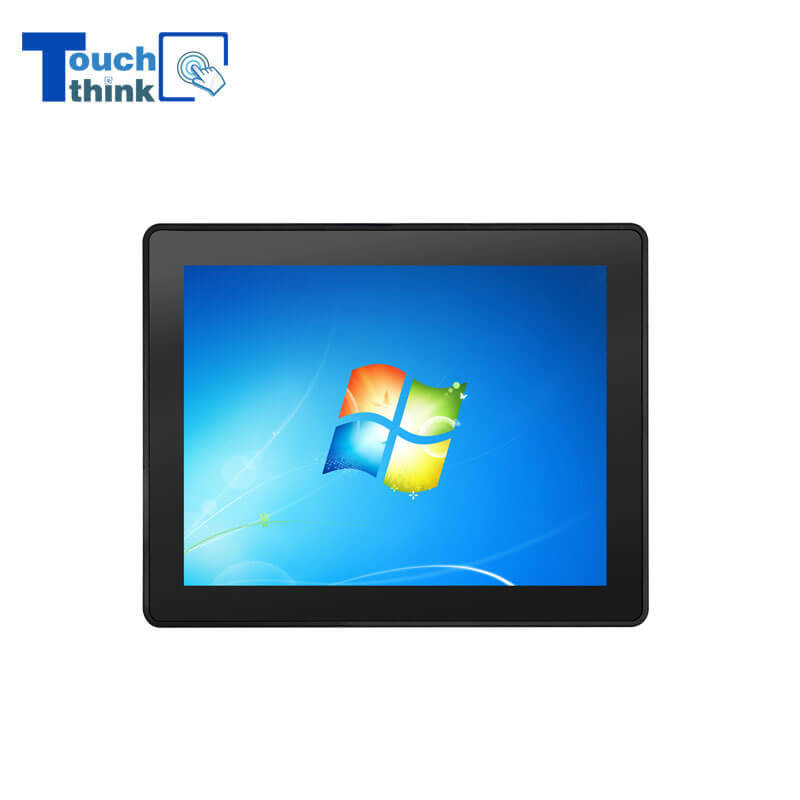
Rugged IP65 Industrial Touchscreen Computer Industrial HMI Panel PC VIEW MORE
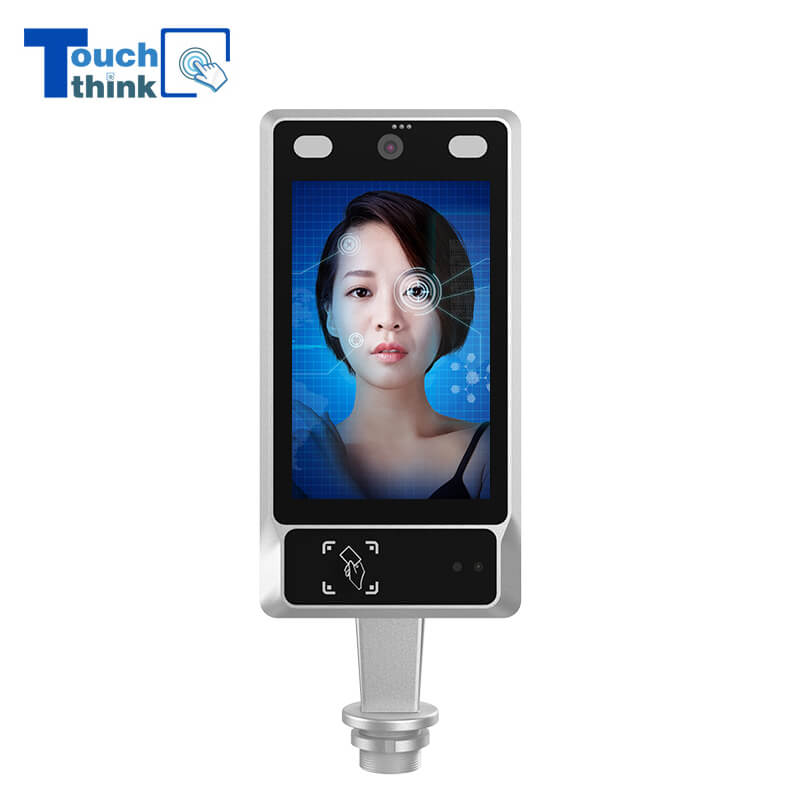
8 inch Facial Recognition Terminal For Turnstile Access Control VIEW MORE
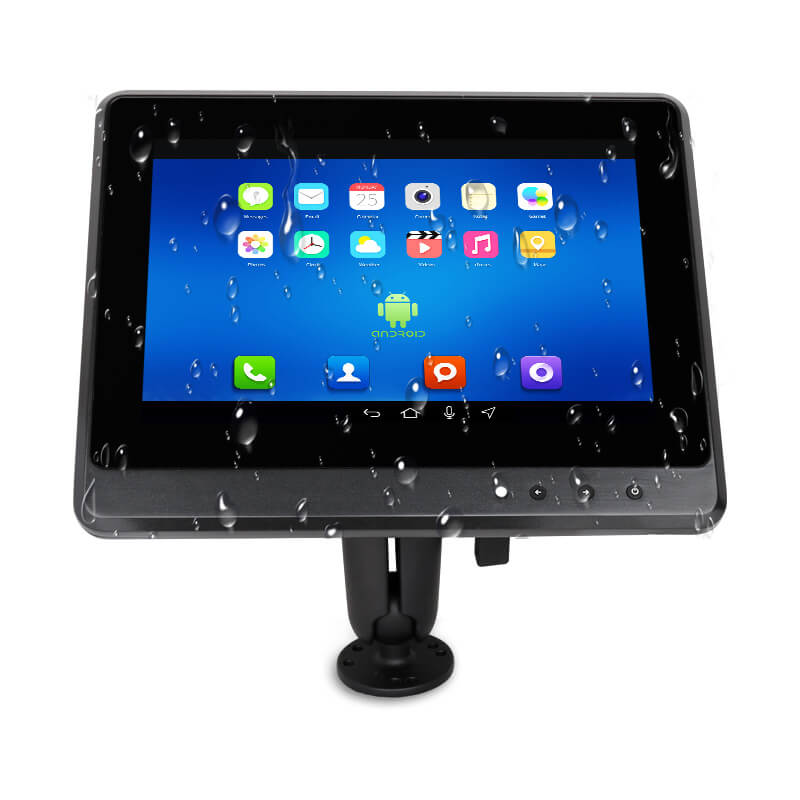
Android In-Vehicle Industrial Panel PC Vehicle AGV Computer VIEW MORE
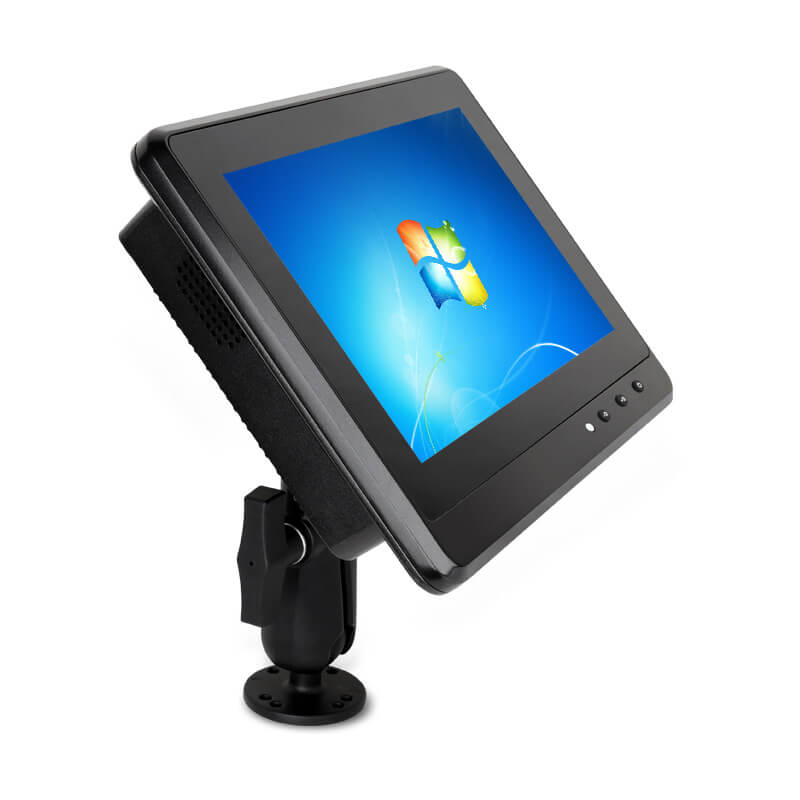
Transportation Panel PC Windows Vehicle Mounted Touch Computers VIEW MORE
Copyright © Shenzhen Touch Think Intelligence Co.,Ltd. All Rights Reserved Update cookies preferences